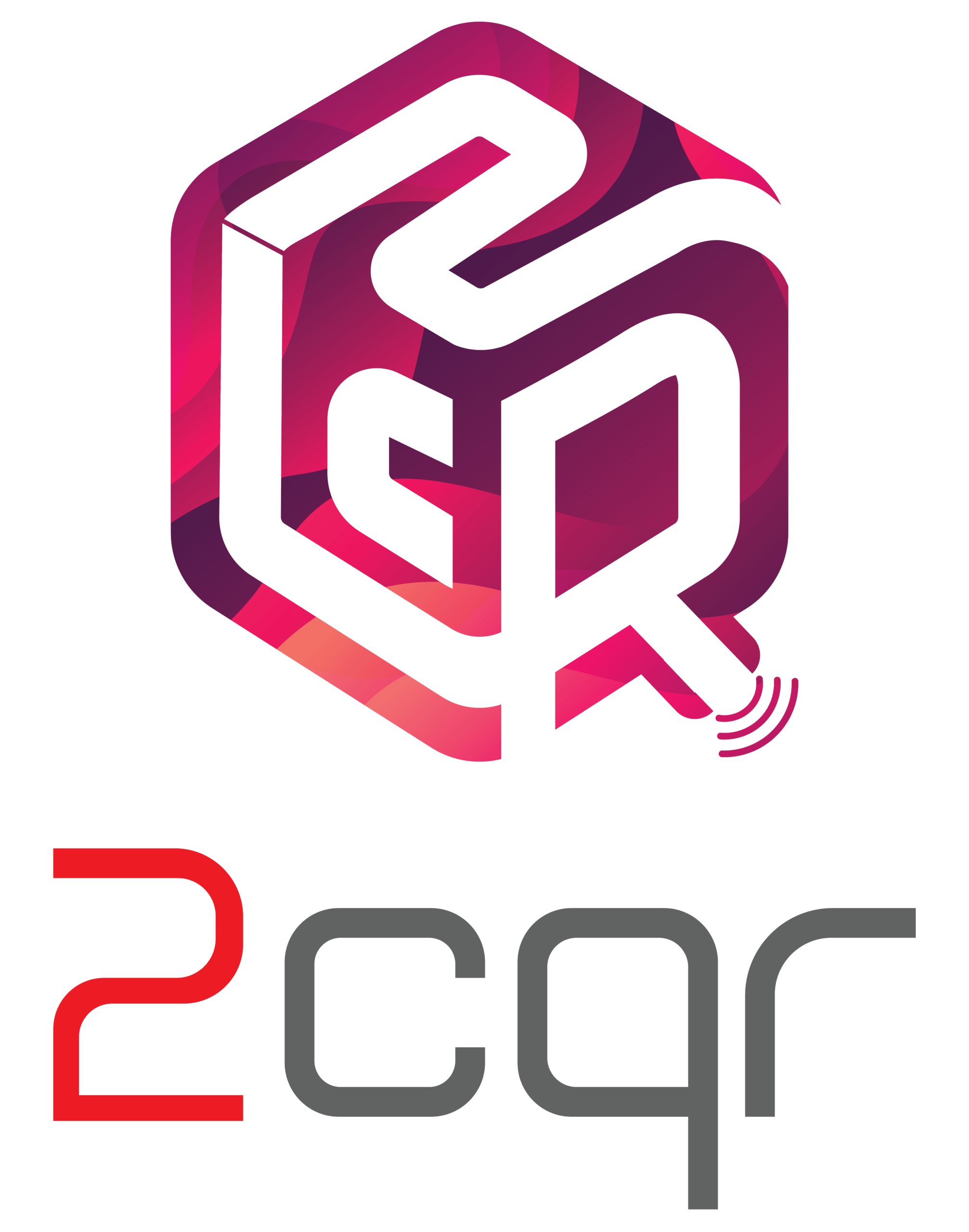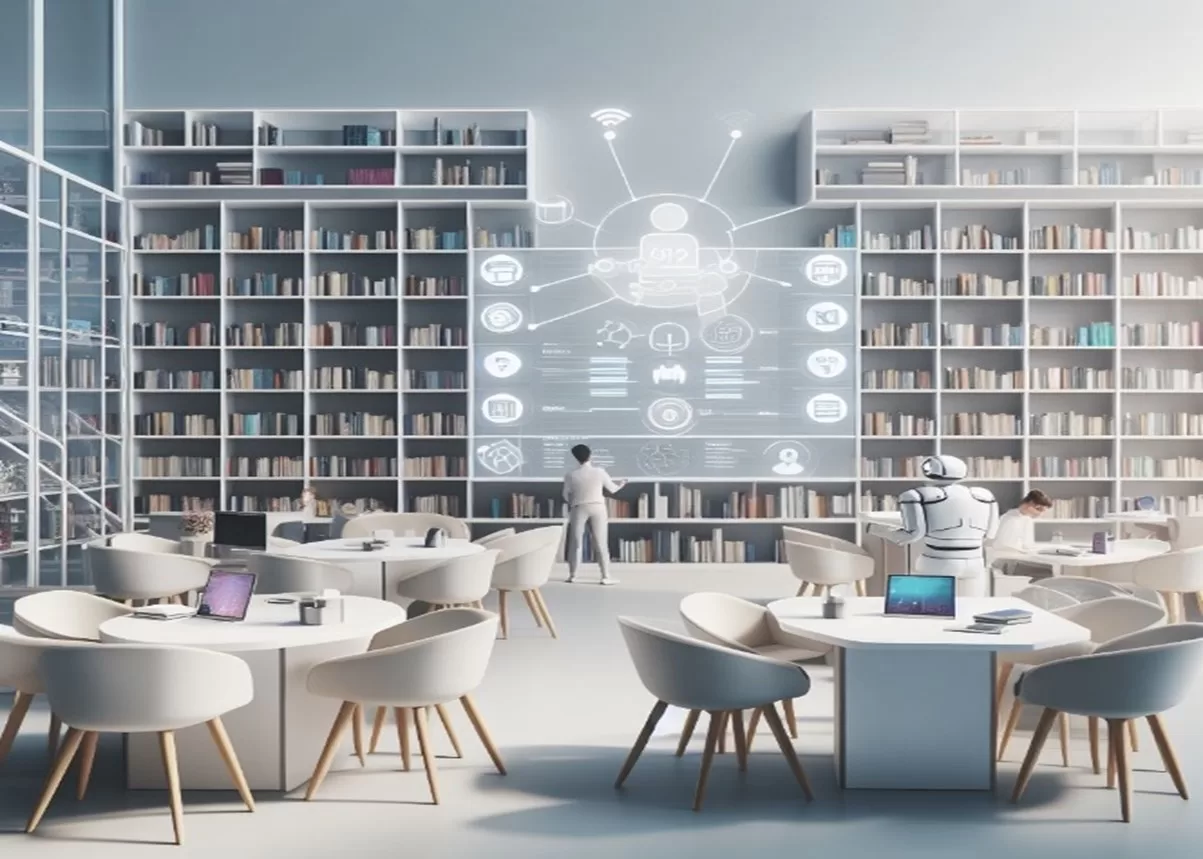What is a smart library?
In an age of ever-advancing technology, libraries are shedding their conventional image and embracing a new era of innovation. These modern libraries, often referred to as "Smart Libraries," stand as hubs of knowledge and community interaction. By harnessing the synergistic potential of Radio-Frequency Identification (RFID) and the Internet of Things (IoT), they're redefining the concept of libraries. Gone are the days of passive book repositories; Smart Libraries are dynamic, interconnected centers that leverage technology to enhance accessibility, user experiences, and operational efficiency. In this blog, we will explore the fascinating world of Smart Libraries and their role in shaping the future of information access and community engagement.
Understanding the Synergy of RFID and IoT in Libraries :
Before we delve into the real-world examples and implications of smart libraries, let's grasp the fundamental synergy between RFID and IoT.
RFID, as mentioned earlier, uses radio waves to identify and track items. In libraries, it involves tagging each book or resource with an RFID tag and installing RFID readers throughout the library. These readers communicate with the tags, creating a real-time inventory system and enabling various functionalities like self-checkout , security, and efficient shelving.
IoT , on the other hand, is a network of interconnected physical devices that collect and exchange data. These devices can include sensors, cameras, and even smartphones. In the context of libraries, IoT sensors and devices can be integrated with RFID technology to enhance library operations further. These IoT-enabled libraries become "smart" by connecting everyday objects to the internet, enabling data-driven decision-making and improved user experiences.
The Evolution of Smart Libraries
-
Energy Efficiency :
IoT sensors can monitor environmental conditions like temperature, humidity, and lighting. Smart libraries can adjust these conditions automatically, ensuring that rare and delicate materials are preserved optimally while reducing energy costs. Here's how it works: IoT sensors continuously collect data on environmental conditions. For example, if the temperature in a certain section of the library exceeds a specified range, IoT devices can trigger the heating or cooling system to adjust accordingly. Similarly, sensors can control lighting, if a section of the library is not in use, IoT sensors can dim the lights and adjust the climate control settings to save energy.. This not only preserves valuable materials but also contributes to sustainability efforts.
-
Real-time Asset Tracking :
Smart libraries leverage RFID to monitor the location of each item in real-time. When combined with IoT, this data can be used to optimize resource allocation, improve user navigation, and ensure the quick retrieval of misplaced items. RFID tags are affixed to each library item, such as books, and RFID readers are strategically placed throughout the library. When a patron checks out a book or simply moves it from one shelf to another, the RFID tag's unique code is scanned by the nearby reader. IoT devices then relay this information to a central system, providing real-time updates on the location of the item. This allows for efficient shelving, quick retrieval, and improved user experiences.
-
Enhanced User Experience :
Imagine walking into a smart library equipped with IoT sensors. These sensors detect your presence and can guide you to the exact location of the book you need. They can also provide interactive maps and information on library events, creating a seamless and enriching experience for patrons. IoT sensors, often in the form of cameras, are strategically placed throughout the library. When a library user enters, the sensors detect their presence and can trigger personalized notifications or information on their smartphones, such as the location of a specific book or upcoming library events. This level of interaction and guidance enhances the overall library experience for the users.
Real-world Examples of Smart Libraries
-
Seattle Public Library, USA
Seattle Public Library is known for its innovative approach to library services. They have implemented RFID technology to streamline check-out and check-in processes. RFID tags on library items allow patrons to use self-checkout kiosks efficiently, reducing wait times. Additionally, the library uses IoT sensors to monitor and optimize the use of meeting rooms and study spaces.
-
Orlando Public Library - Location-Based Bluebeam Technology
The Orlando Public Library has harnessed the power of Bluebeam technology to offer patrons a unique and location-triggered information experience. By leveraging IoT sensors and Bluebeam technology, this forward-thinking library provides users with relevant information and resources based on their physical location within the library. Imagine walking through the library, and as you approach a specific section, your smartphone or tablet receives notifications about featured books, related events, or even digital resources. This innovative approach enhances the user experience, making the library visit more interactive and informative.
-
Somerset County Library and Half Hollow Hills Community Library - Integrated IoT Systems
Two notable libraries, the Somerset County Library and the Half Hollow Hills Community Library, have embraced IoT and RFID systems to transform their operations These implementations go beyond simple inventory management and extend to creating smarter and more efficient library spaces. They help monitor and optimize energy usage, enhance security through video surveillance, and even assist with space utilization.
These real-world examples demonstrate how libraries worldwide are embracing RFID and IoT technologies to create more efficient, user-friendly, and technologically advanced spaces for their communities. Each library tailors its approach to the unique needs and goals of its patrons, showcasing the versatility and adaptability of these technologies in different library settings.
The Future of Smart Libraries :
As technology continues to advance, the possibilities for smart libraries are limitless. We can expect to see even more personalized experiences, augmented reality applications, and innovative ways of connecting communities with knowledge.
For instance, augmented reality (AR) could enable patrons to access additional information about books and resources by simply pointing their smartphones at them. Libraries might also use data collected from IoT devices to tailor their collections and services more precisely to the needs and preferences of their communities.
In conclusion, smart libraries are a testament to the adaptability and relevance of libraries in the digital age. The fusion of RFID and IoT technologies is not just about efficiency but also about creating vibrant, interactive, and user-centric spaces that enrich our communities. The future of libraries is indeed a smart one, where knowledge and technology converge to redefine the very essence of what a library can be.


